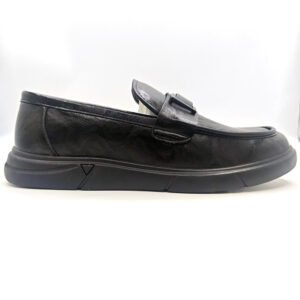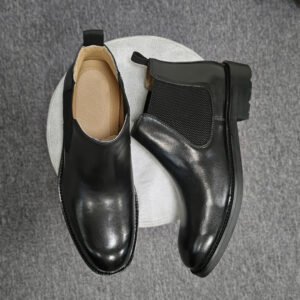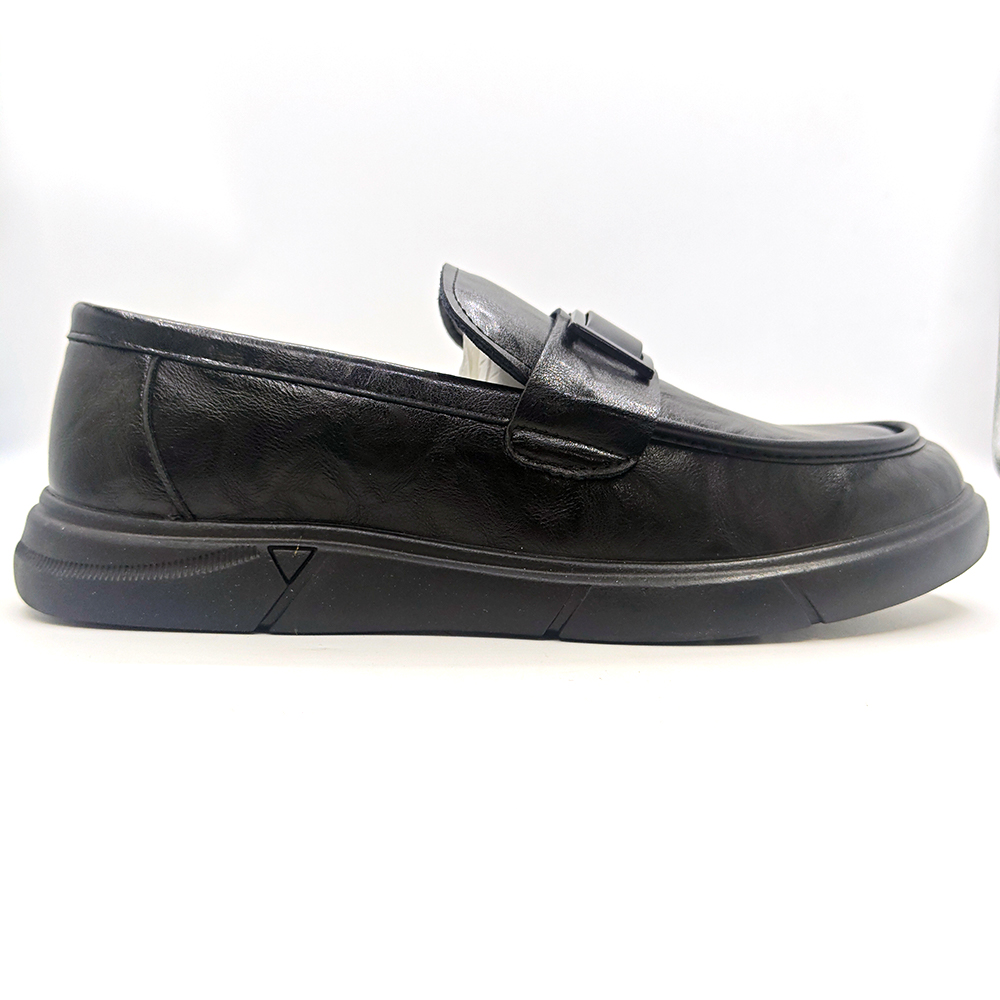Last Updated on 2025-09-06 by Topmenz Shoes
Hiking shoes are the cornerstone of any outdoor adventure. Whether you’re tackling rocky trails, muddy paths, or steep ascents, the right pair of hiking shoes can mean the difference between exhilaration and exhaustion. As a professional hiking shoes manufacturer, we’ve engineered footwear for every terrain and climate. This guide will walk you through the critical factors to consider when selecting hiking shoes, ensuring comfort, safety, and performance on the trail.
1. Understand Your Terrain: Matching Hiking Shoes to the Trail
The first step in choosing hiking shoes is analyzing where you’ll hike.
1.1 Day Hikes on Well-Maintained Trails
- Recommended Hiking Shoes: Lightweight hiking shoes or trail runners.
- Features:
- Flexible soles for agility.
- Breathable mesh uppers to prevent overheating.
- Minimal ankle support (low-cut designs).
1.2 Rugged or Rocky Terrain
- Recommended Hiking Shoes: Mid-cut or high-cut hiking boots.
- Features:
- Sturdy outsoles (e.g., Vibram® Megagrip) for grip on loose rocks.
- Reinforced toe caps and rock plates for protection.
- Ankle support to prevent twists.
1.3 Wet or Snowy Conditions
- Recommended Hiking Shoes: Waterproof hiking boots.
- Features:
- Gore-Tex or similar membranes for waterproofing.
- Insulated liners (e.g., Thinsulate™) for cold climates.
- Deep lug patterns (4–6mm) to shed mud and snow.
2. Key Features to Look for in Hiking Shoes
Understanding technical specifications ensures you pick hiking shoes that deliver.
2.1 Outsole Materials and Tread
- Rubber Types:
- Vibram®: Gold standard for durability and grip.
- Contagrip®: Balances traction and lightweight performance.
- Sticky Rubber: Ideal for wet rocks (e.g., Vibram® Idrogrip).
- Tread Patterns:
- Multi-Directional Lugs: Provide grip during ascents/descents.
- Self-Cleaning Grooves: Prevent mud buildup.
2.2 Upper Materials
- Leather:
- Full-Grain: Durable and water-resistant (best for rough terrain).
- Nubuck: Softer, more flexible, but less waterproof.
- Synthetics:
- Mesh: Lightweight and breathable (ideal for warm weather).
- Reinforced Polyester: Balances durability and weight.
2.3 Midsole Technology
- EVA Foam: Lightweight cushioning for short hikes.
- Polyurethane (PU): Denser and more durable for heavy loads.
- Cork: Molds to your foot over time for personalized support.
2.4 Waterproofing
- Membranes: Gore-Tex, Event, or proprietary waterproof liners.
- Seam-Sealed Construction: Prevents leaks at stress points.
3. Fit and Comfort: Ensuring Your Hiking Shoes Feel Like a Second Skin
Even the best technical features won’t matter if your hiking shoes don’t fit properly.
3.1 Sizing Tips
- Toe Room: Leave 1–1.5 cm (thumb’s width) between your longest toe and the shoe’s end.
- Width: Opt for wide sizes if you have bunions or a broad forefoot.
- Break-In Period: Wear hiking shoes indoors for 10–15 hours before long hikes.
3.2 Sock Pairing
- Material: Merino wool or synthetic blends (avoid cotton).
- Thickness: Match sock thickness to shoe volume (e.g., thin socks for narrow shoes).
3.3 Ankle Support
- Low-Cut: Best for light trails and experienced hikers with strong ankles.
- Mid/High-Cut: Essential for uneven terrain or heavy packs.
-
Rated 0 out of 5
-
Rated 0 out of 5
-
Rated 0 out of 5
-
Rated 0 out of 5
4. Weight vs. Durability: Striking the Right Balance
Hiking shoes vary widely in weight, impacting performance and fatigue.
4.1 Lightweight Hiking Shoes (Under 1 lb per shoe)
- Pros: Agile, breathable, quick-drying.
- Cons: Less durable; minimal protection.
- Best For: Fastpacking, dry climates, and experienced hikers.
4.2 Midweight Hiking Shoes (1–2 lbs per shoe)
- Pros: Versatile for most terrains; balanced protection and agility.
- Cons: Slightly slower to dry.
- Best For: Multi-day hikes and mixed conditions.
4.3 Heavyweight Hiking Boots (2+ lbs per shoe)
- Pros: Maximum durability, waterproofing, and ankle support.
- Cons: Slower pace; longer break-in period.
- Best For: Mountaineering, winter hikes, and rocky trails.
5. Waterproof vs. Non-Waterproof Hiking Shoes
Choosing between waterproof and breathable hiking shoes depends on your climate.
5.1 Waterproof Hiking Shoes
- Pros: Keep feet dry in rain, snow, and wet grass.
- Cons: Less breathable; can feel hot in warm weather.
- Ideal For: Wet climates, stream crossings, and snow.
5.2 Non-Waterproof Hiking Shoes
- Pros: Superior airflow; dry quickly if soaked.
- Cons: Feet get wet in rain or dew.
- Ideal For: Desert hikes, summer trails, and fast-drying needs.
6. Sustainability in Hiking Shoes
As eco-conscious hiking shoes manufacturers, we prioritize:
- Recycled Materials: Post-consumer PET uppers and algae-based midsoles.
- Resoling Programs: Extend shoe life by replacing worn soles.
- Biodegradable Components: Plant-based dyes and natural rubber.
7. Testing and Certifications: Trusting Your Hiking Shoes
Look for these industry benchmarks when selecting hiking shoes:
- ISO 20344: Tests for slip resistance and abrasion.
- SATRA TM144: Measures sole flexibility and durability.
- Rainforest Alliance Certification: Ensures ethical material sourcing.
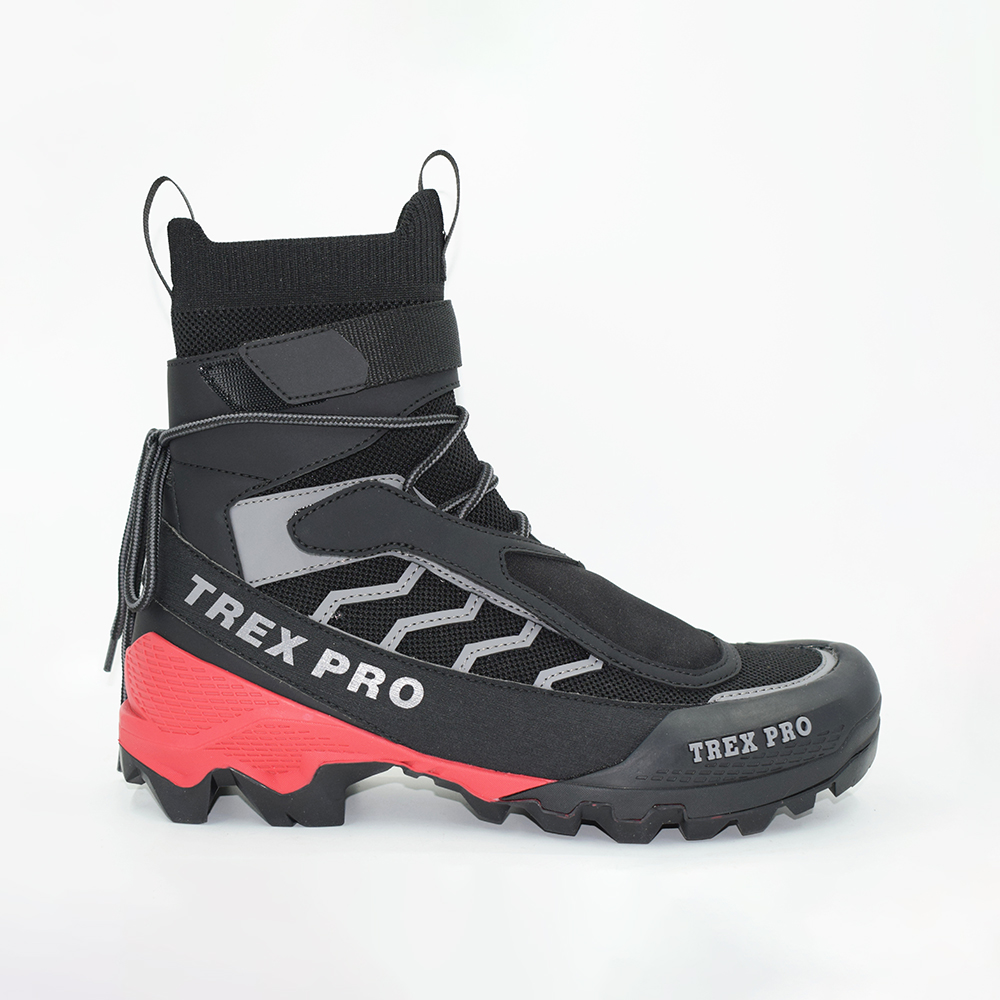

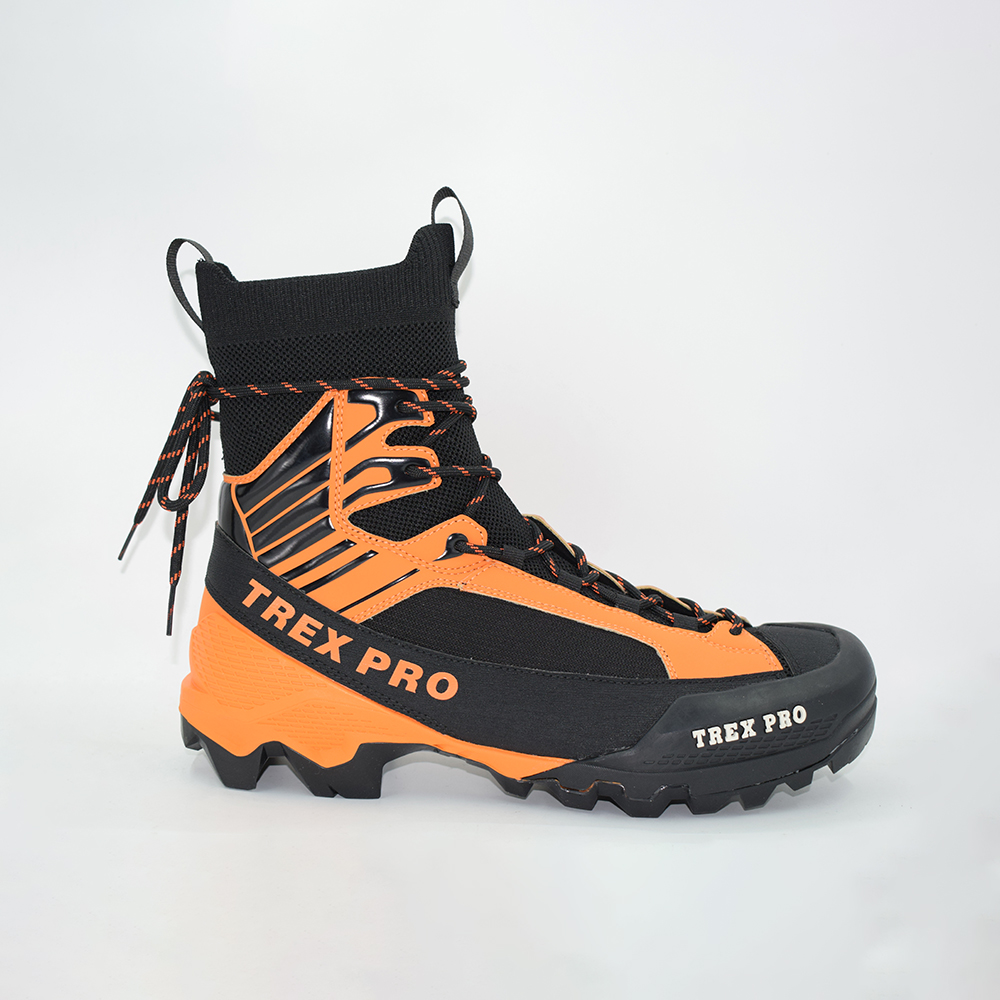
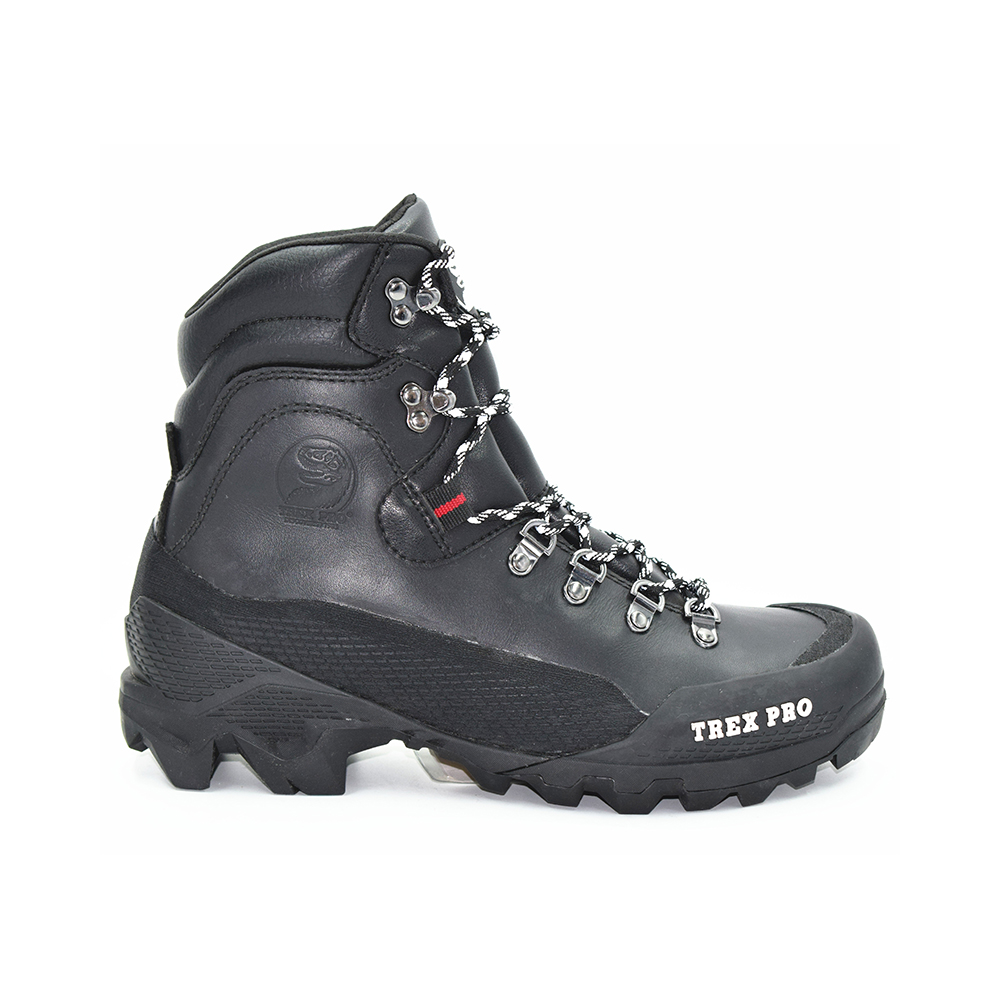


8. Top Brands and Models of Hiking Shoes
While we’re proud of our designs, here’s an unbiased overview:
- Salomon X Ultra 4: Lightweight and grippy for day hikes.
- Merrell Moab 3: Affordable all-rounder with Vibram® soles.
- Lowa Renegade GTX: Premium leather boots for rugged terrain.
9. Maintenance Tips to Extend the Life of Hiking Shoes
- Cleaning: Brush off dirt and use mild soap for stains.
- Waterproofing: Reapply DWR coatings every 6–12 months.
- Storage: Keep hiking shoes in a cool, dry place with cedar shoe trees.
10. When to Replace Your Hiking Shoes
- Mileage: 500–750 miles for most models.
- Visible Wear: Smooth treads, cracked midsoles, or separated seams.
- Comfort Loss: Increased foot fatigue or hotspots.
Step Confidently with the Right Hiking Shoes
Choosing hiking shoes isn’t just about aesthetics—it’s about matching engineering to environment. By prioritizing terrain, fit, and technical specs, you’ll invest in footwear that enhances every adventure. As experts in hiking shoes manufacturing, we’re here to help you tread lighter, safer, and farther.
Any questions pls contact custom shoes expert Whatsapp +86 13392749315 and Get the latest news and updates straight to your email inbox.




